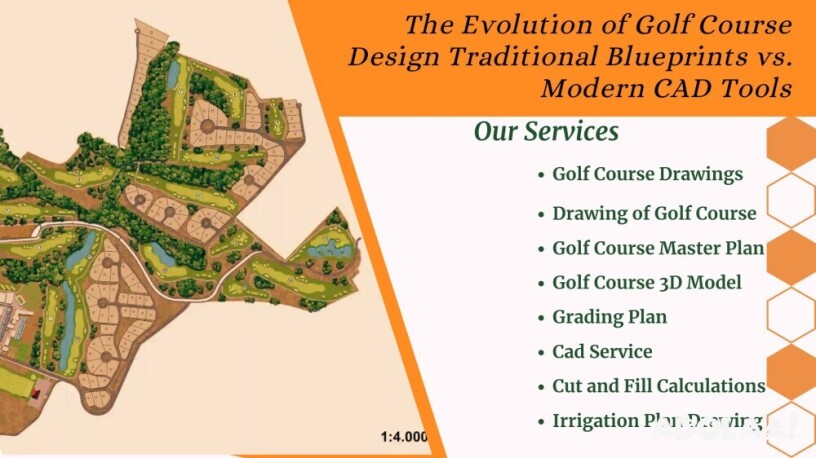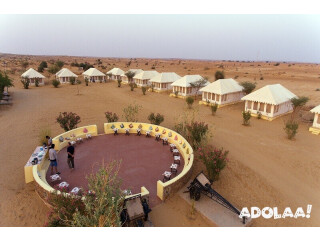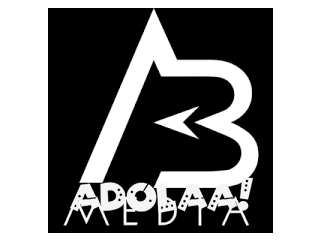The Evolution of Golf Course Design Traditional Blueprints vs. Modern CAD Tools
Apr 1st, 2025 at 11:37 Services Gurgaon 33 views Reference: 31354Location: Gurgaon
Price: Contact us
Evolution of Golf Course Design
Golf course design has evolved significantly over the centuries, blending artistic vision with engineering precision. From hand-drawn golf course drawings to highly sophisticated digital representations, this transition has reshaped how golf courses are planned and constructed. The development of modern Computer-Aided Design (CAD) tools has revolutionized the field, enabling more efficient and accurate designs. This blog explores the evolution of golf course design, comparing traditional blueprints with modern CAD technology, and highlighting the importance of digital advancements in creating a Golf Course Master Plan, Golf Course 3D Model, and other essential elements of course design.
Traditional Golf Course Drawings: The Foundation of Course Design
Historically, golf courses were designed using manual techniques that required extensive hand-drawn blueprints. These traditional methods involved:
Hand-Sketched Golf Course Drawings: Early course architects relied on physical sketches to conceptualize layouts, using topographical surveys and artistic intuition to visualize fairways, greens, and hazards.
Drawing of Golf Course Layouts: Designers would map out the courses flow, considering natural landscapes, vegetation, and water features to create an engaging experience for players.
Physical Grading Plans: Manual Grading Plan detailed elevation changes, Cut and Fill Calculations, and terrain modifications necessary for construction.
Irrigation Plan Drawings: Traditional irrigation plans were labor-intensive, requiring detailed hydrological knowledge to ensure water distribution across the course.
Although these methods laid the groundwork for many iconic courses, they had limitations in accuracy, efficiency, and scalability.














